This is Rachel. If you haven’t already made her acquaintance, she’s something of a hen starlet on my Facebook page where she is featured daily in all her fluffy cuteness. Rachel is a bantam frizzled Cochin. Cochin is her breed, bantam describes her miniature size and frizzle describes her unusual feathers. Genetics cause frizzled feathers to grow out and curl away from the body instead of growing flat and smooth following the body contour. Frizzle is not a breed, it is a genetically programmed feather type.
Cochin is her breed, bantam describes her miniature size and frizzle describes her unusual feathers.FACTS ABOUT FRIZZLED CHICKENS:
- Frizzles are most commonly found in the following breeds: Polish, Cochin, Plymouth Rock, Japanese and Silkies (Silkie frizzles are referred to as Sizzles)
- Frizzled feathers curl out and away from the skin instead of laying flat against it.
- Frizzles cannot fly and may find it difficult to roost if the roosts are positioned too high above the floor.
Frizzled feathers provide less protection from the cold than smooth feathers as it is difficult to trap warm air against their bodies with backwards-facing feathers. Frizzled genes are dominant. A smooth-feathered bird bred to a frizzled bird will result in 25% of the chicks possessing frizzled feathers.
Bantam Cochin Frizzles Monica, Rachel & Phoebe at 6 weeks old.Breeding a frizzled bird to another frizzled bird is undesirable due to the chance that the mating may produce “curlies,” an over-frizzled bird with feathers that are weak, brittle and break easily. (think: chicken with a really bad perm)
White bantam Cochin chicks Female with frizzled feathers on left. Male on right.



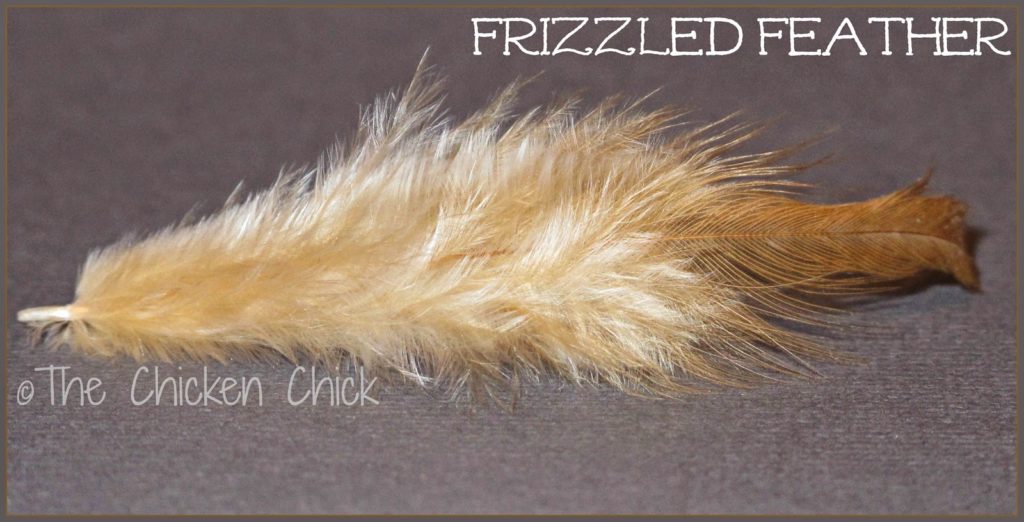
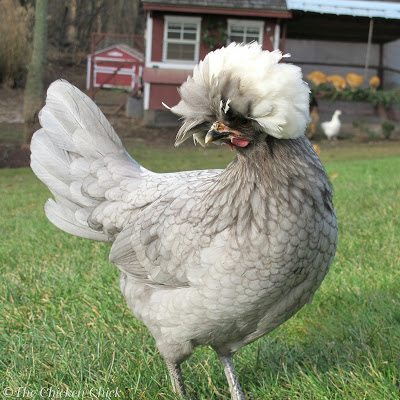
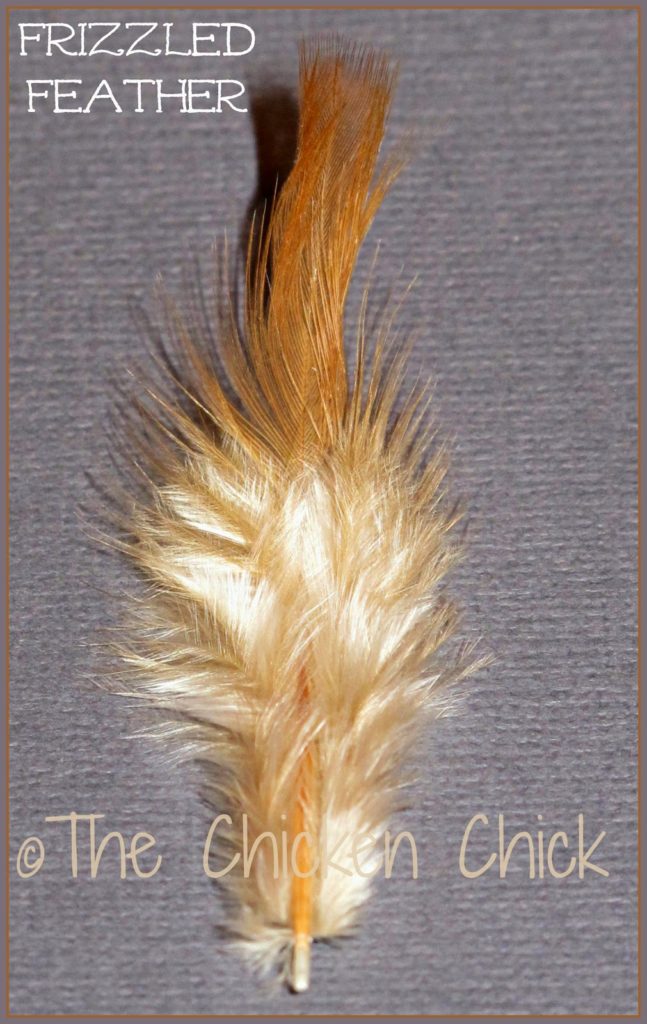
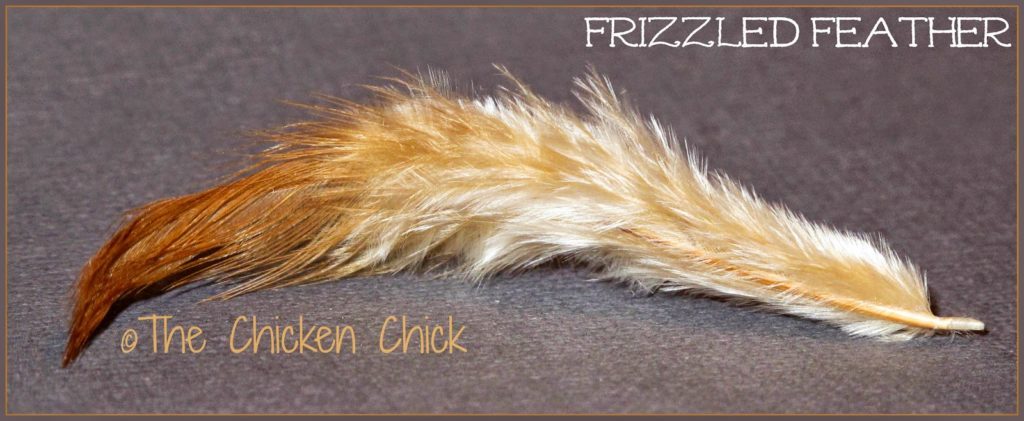
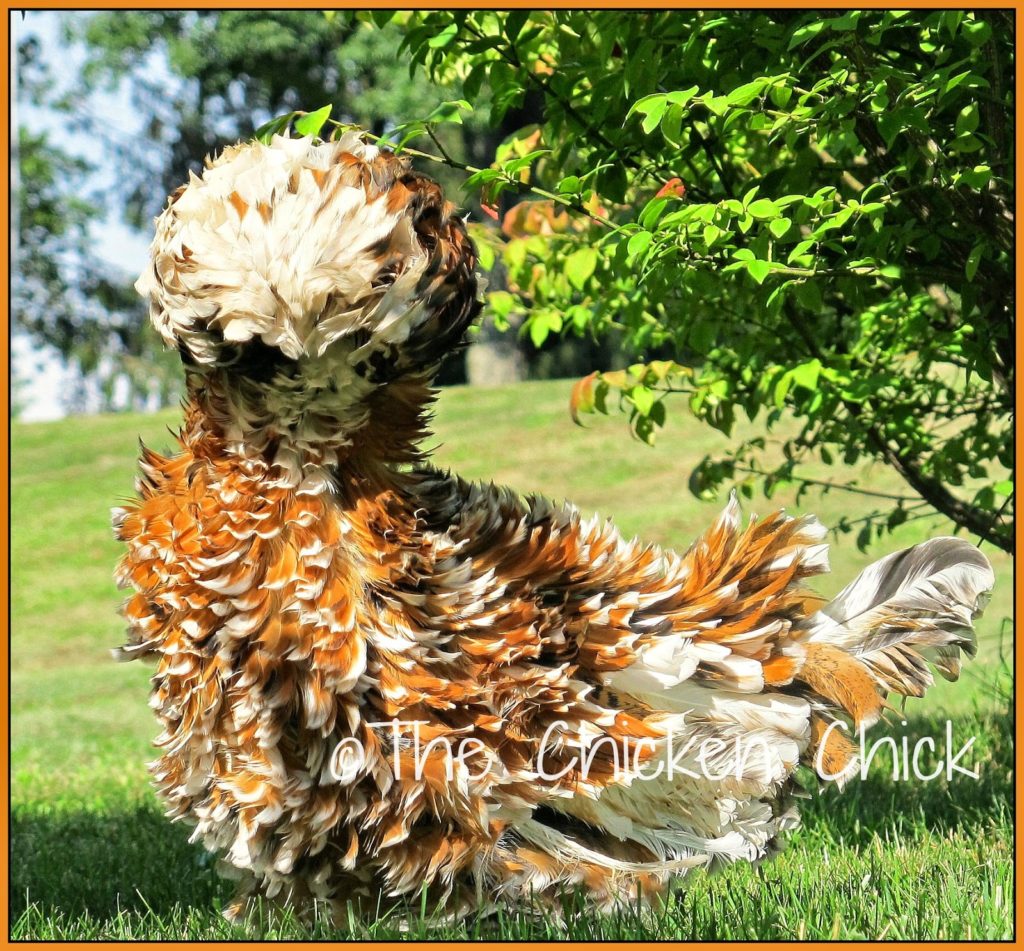
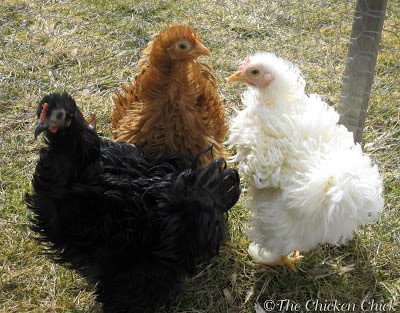
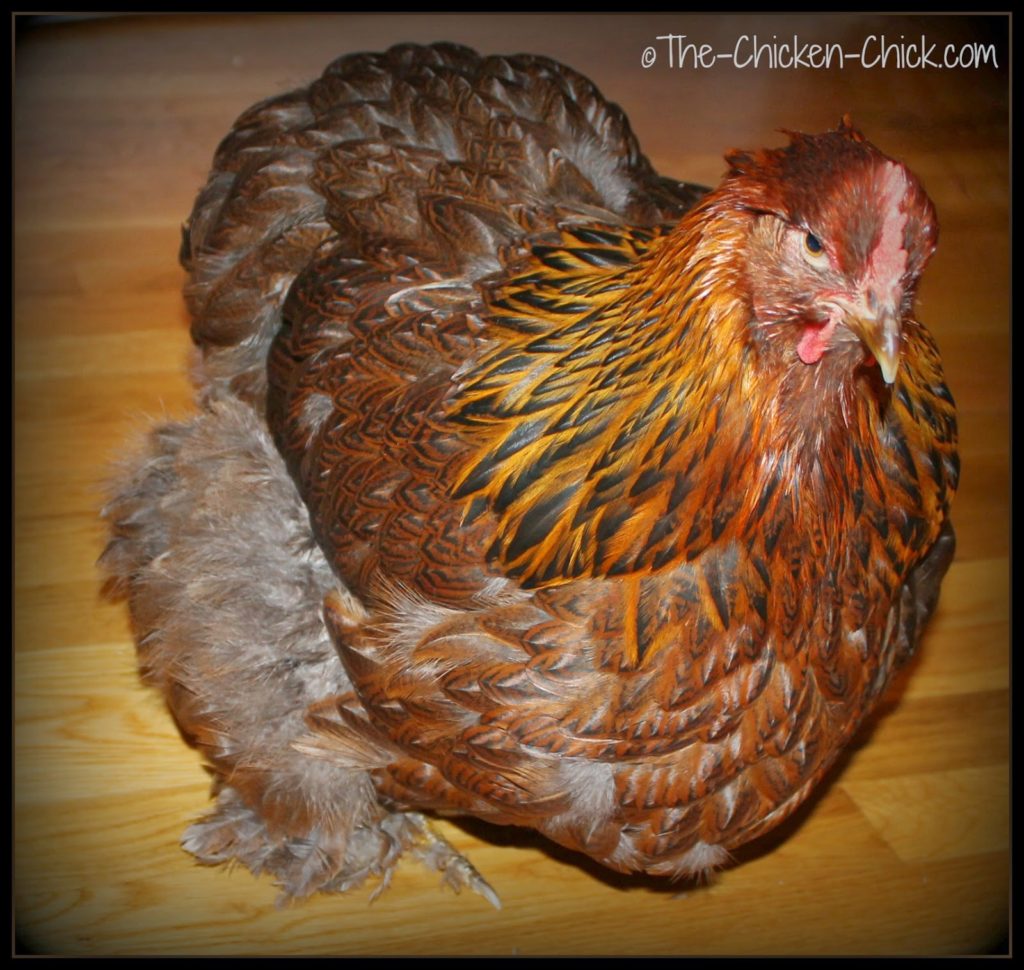
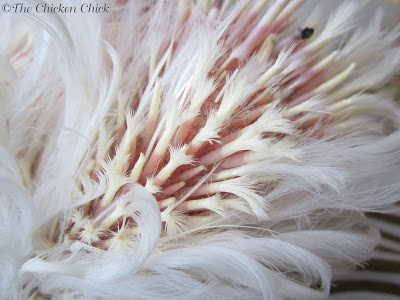
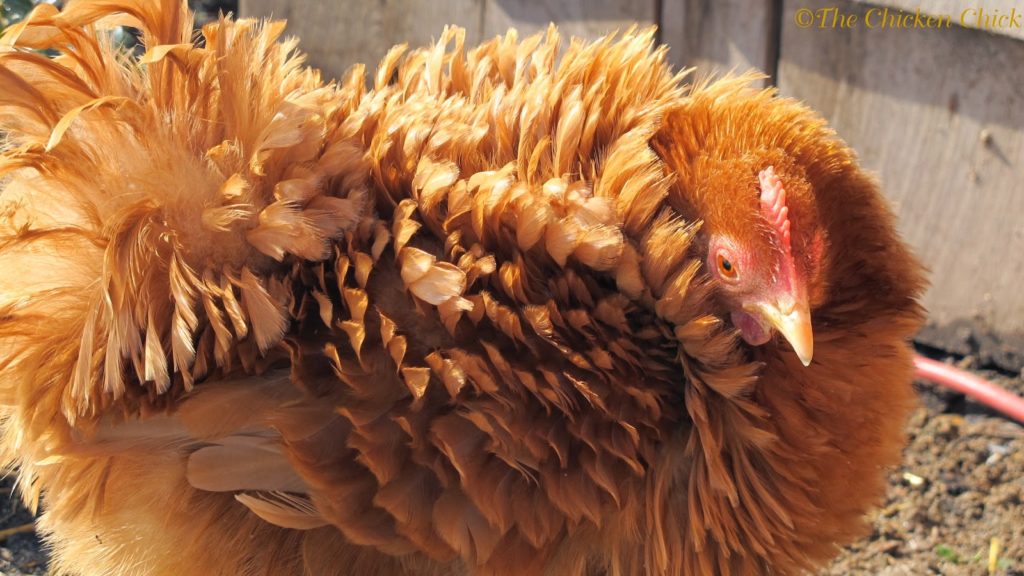



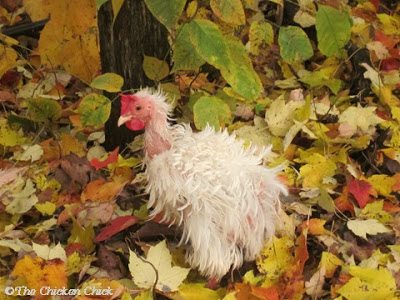
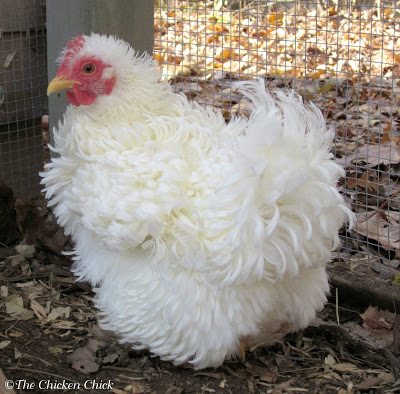
























Does anyone know where to get bantam polish frizzles I have searched and search with no luck if so please email me @ bbernhardt81@gmail.com. thanks so much
Thanks Stephani. :)
We just recently added three beautiful large fowl frizzles to our ever growing flock early this spring. Unfortunately, we lost Ivory to a hawk a couple weeks ago during the big coop move, but the other other two are growing into stunning birds. We ended up with a jet black feather legged hen (Ebony) and a gorgeous smoke gray and red roo (Cinder). They both have wonderful dispositions and are a joy to watch interacting with the rest of our mixed flock of Leghorns, Welsummers, Red Stars, Austracaunas, as well as an Appenzellar cross, Dark Brahma, a few mutts and… Read more »
I am interested in getting a frizzle, but your post says it is harder for them to stay warm. I live in northwest Ohio and we have had some pretty cold winters the last few years, so thinking that getting one might not be very nice to the chicken. :(
I have a black frizzy, her head is bare from feathers. She looks like a turkey. This is the second time she has been like this. Her chest and tale too. She grew back and I was glad to see her looking healthy. Now she is like that again. Could it be the roosters? or the other chickens picking on her. She seems to hold her own. Just wondering???? She use to do the picking on of others.